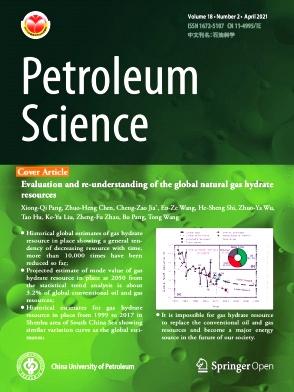Machine learning approaches for assessing stability in acid-crude oil emulsions: Application to mitigate formation damage
IF 6
1区 工程技术
Q2 ENERGY & FUELS
引用次数: 0
Abstract
The stability of acid-crude oil emulsion poses manifold issues in the oil industry. Experimentally evaluating this phenomenon may be costly and time-consuming. In contrast, machine learning models have proven effective in predicting and evaluating various phenomena. This research is the first of its kind to assess the stability of acid-crude oil emulsion, employing various classification machine learning models. For this purpose, a data set consisting of 249 experimental data points belonging to 11 different crude oil samples was collected. Three tree-based models, namely decision tree (DT), random forest (RF), and categorical boosting (CatBoost), as well as three artificial neural network models, namely radial basis function (RBF), multi-layer perceptron (MLP) and convolutional neural network (CNN), were developed based on the properties of crude oil, acid, and protective additive. The CatBoost model obtained the highest accuracy with 0.9687, followed closely by the CNN model with 0.9673. In addition, confusion matrix findings showed the superiority of the CatBoost model. Finally, by applying the SHapley Additive exPlanations (SHAP) method to analyze the impact of input parameters, it was found that the crude oil viscosity has the most significant effect on the model's output with the mean absolute SHAP value of 0.88.

求助全文
约1分钟内获得全文
求助全文
来源期刊

Petroleum Science
地学-地球化学与地球物理
CiteScore
7.70
自引率
16.10%
发文量
311
审稿时长
63 days
期刊介绍:
Petroleum Science is the only English journal in China on petroleum science and technology that is intended for professionals engaged in petroleum science research and technical applications all over the world, as well as the managerial personnel of oil companies. It covers petroleum geology, petroleum geophysics, petroleum engineering, petrochemistry & chemical engineering, petroleum mechanics, and economic management. It aims to introduce the latest results in oil industry research in China, promote cooperation in petroleum science research between China and the rest of the world, and build a bridge for scientific communication between China and the world.
 求助内容:
求助内容: 应助结果提醒方式:
应助结果提醒方式:


